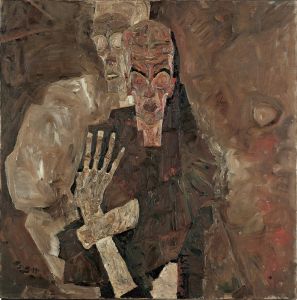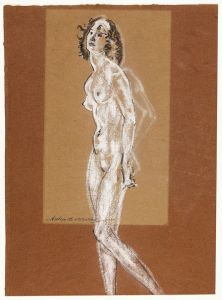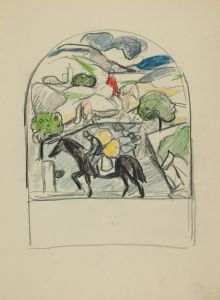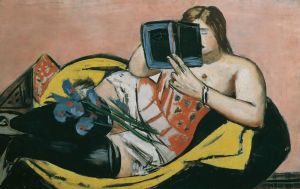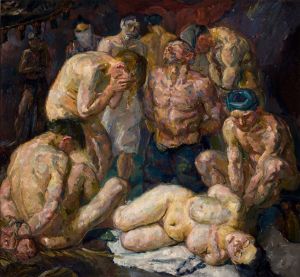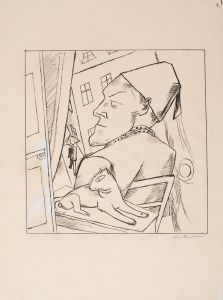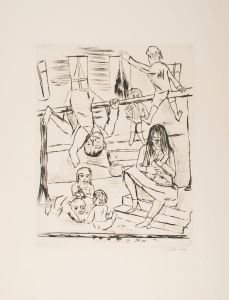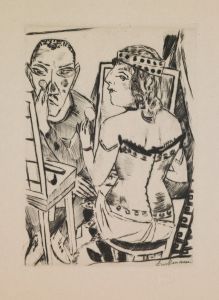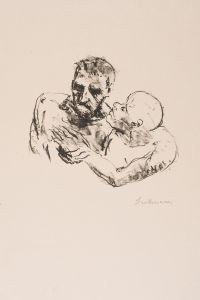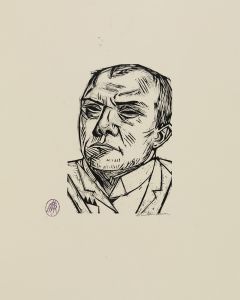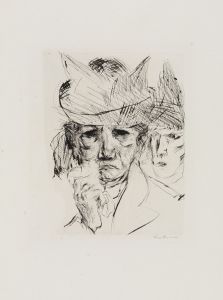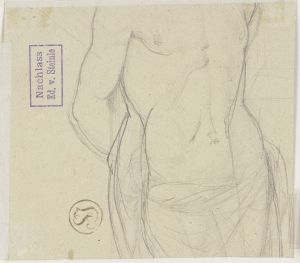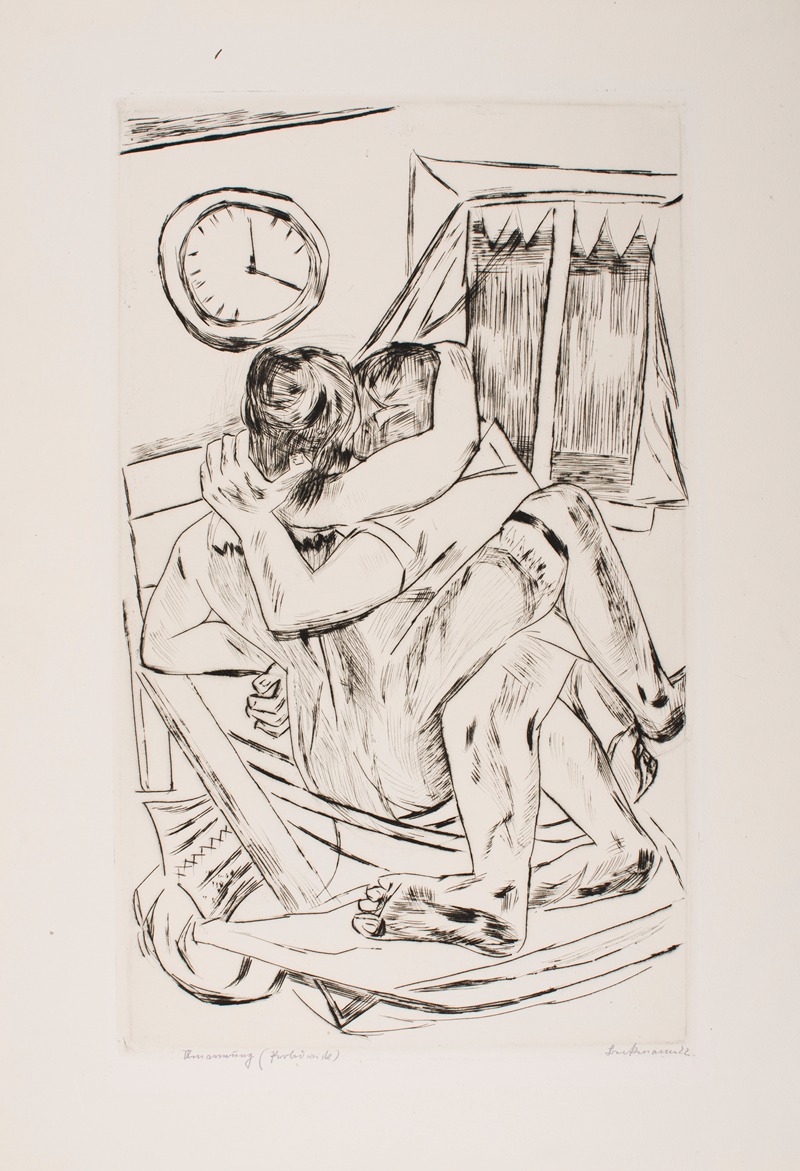
Embrace
A hand-painted replica of Max Beckmann’s masterpiece Embrace, meticulously crafted by professional artists to capture the true essence of the original. Each piece is created with museum-quality canvas and rare mineral pigments, carefully painted by experienced artists with delicate brushstrokes and rich, layered colors to perfectly recreate the texture of the original artwork. Unlike machine-printed reproductions, this hand-painted version brings the painting to life, infused with the artist’s emotions and skill in every stroke. Whether for personal collection or home decoration, it instantly elevates the artistic atmosphere of any space.
Max Beckmann was a prominent German painter and printmaker associated with the New Objectivity movement, which emerged in the aftermath of World War I. His work is characterized by a vivid expressionism and a focus on the human condition, often reflecting the tumultuous socio-political environment of his time. One of his notable works is "Embrace," a painting that exemplifies his unique style and thematic concerns.
"Embrace" was created during a period when Beckmann was deeply engaged with exploring human relationships and the complexities of emotional and physical connections. His work often delves into themes of love, intimacy, and the tension between individuals, which are vividly captured in this painting. Beckmann's use of bold colors and dynamic compositions is evident in "Embrace," where he employs a striking palette to convey the intensity of the subjects' interaction.
The painting features two figures locked in an embrace, their forms intertwined in a manner that suggests both unity and struggle. Beckmann's characteristic use of distorted figures and exaggerated features is present, emphasizing the emotional depth and psychological complexity of the scene. The figures are rendered with a sense of immediacy and rawness, inviting viewers to contemplate the nature of their relationship.
Beckmann's background and experiences significantly influenced his artistic vision. Born in 1884 in Leipzig, Germany, he lived through both World Wars, which profoundly impacted his worldview and artistic output. His work often reflects the existential anxieties and societal upheavals of the early 20th century. "Embrace" can be seen as part of this broader narrative, capturing the dualities of human experience—connection and isolation, love and conflict.
Throughout his career, Beckmann was known for his rejection of the abstract movements that gained popularity during his lifetime. Instead, he remained committed to figuration, using it as a means to explore the human psyche and the complexities of modern life. His works are often imbued with a sense of drama and theatricality, drawing on influences from literature, mythology, and his own personal experiences.
"Embrace" is a testament to Beckmann's ability to convey profound emotional truths through his art. The painting's composition, with its interplay of light and shadow, adds to the dramatic tension, highlighting the contrasts inherent in human relationships. Beckmann's mastery of form and color allows him to create a powerful visual narrative that resonates with viewers on multiple levels.
Max Beckmann's legacy as an artist is marked by his unwavering commitment to exploring the human condition through his distinctive style. "Embrace" stands as a significant example of his work, encapsulating the themes and techniques that define his oeuvre. Today, Beckmann's paintings are celebrated for their emotional intensity and their ability to capture the complexities of life in the modern world. His work continues to be studied and appreciated for its contribution to the development of 20th-century art, and "Embrace" remains an important piece within this context.






